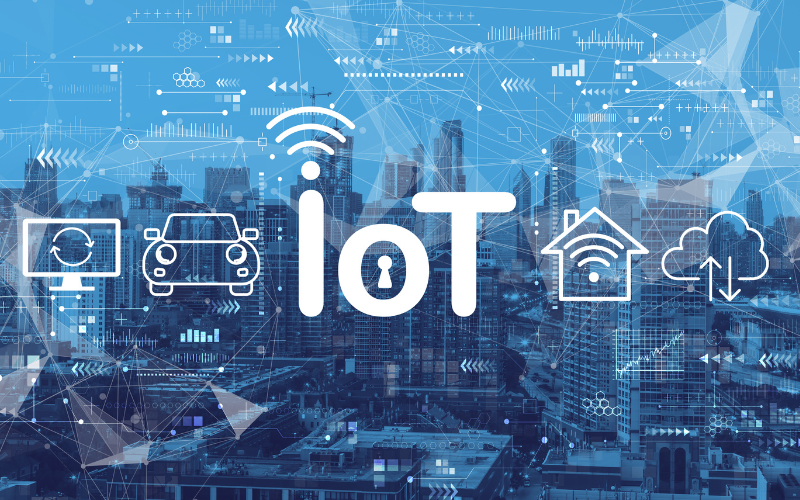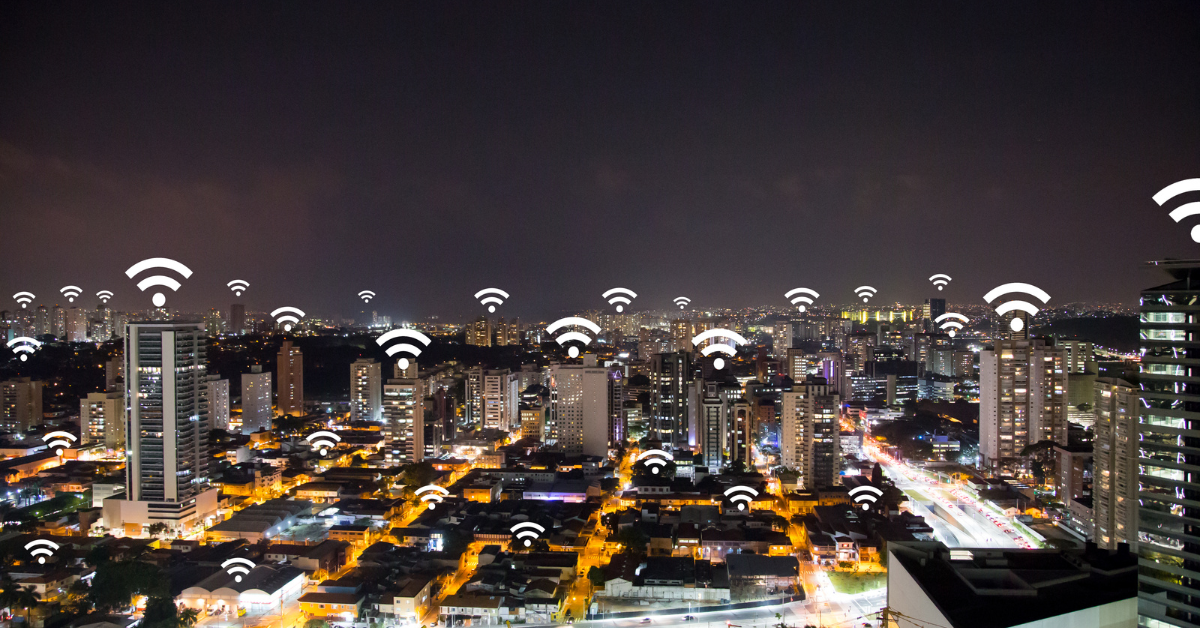IoT Device Monitoring: Safeguarding Your Connected World

From smart homes to industrial automation, IoT devices have become ubiquitous in our daily lives. However, as the number of devices increases, so do the security risks. Hackers are constantly finding new ways to exploit vulnerabilities and gain access to sensitive information. This is where IoT device monitoring comes in – a crucial tool for businesses to keep their networks secure and their data safe.
With this in mind, let’s explore why IoT device monitoring is essential and how it can help organizations mitigate the risks associated with IoT devices.
What is IoT Device Monitoring?
IoT device monitoring involves tracking and analyzing the behavior of Internet of Things (IoT) devices and using that data to gain insights into the health, performance, and security of those devices. In short, it helps you provision, monitor, and maintain the growing sprawl of connected devices in your organization, and it’s becoming increasingly vital in today’s ever-connected world.
With the growing complexity of IoT ecosystems, it’s crucial to maintain robust control over the devices in your network and how they’re being used. When you have many connected devices, it’s easy for something to go wrong. Whether it’s a malfunctioning sensor, a compromised device, or a network outage, any disruption can have severe impacts on your business.
IoT device monitoring typically involves a range of activities, including:
- Real-time data collection: IoT device monitoring systems collect data from devices in real time, often using sensors or other types of monitoring tools.
- Performance analysis: Data collected from IoT devices can be analyzed to understand how well devices are performing, including factors such as response time, uptime, and energy consumption.
- Predictive maintenance: By monitoring IoT devices, it’s possible to identify potential problems before they occur, enabling organizations to take preventive measures and minimize downtime.
- Security monitoring: IoT device monitoring can also help detect and prevent security breaches, such as unauthorized access to IoT devices or data theft.
What is IoT Device Management?
There are over 15 billion connected IoT devices worldwide, and the number of active IoT devices is expected to double by 2030. With this surge in IoT devices, organizations are under increasing pressure to manage and maintain these devices or risk broken connected systems or cyberattacks. This is where IoT device management comes in. It comprises both the technologies and processes you need to govern your IT landscape.
Here are some of the critical components of IoT device management:
- Device onboarding: IoT devices require onboarding to the network, involving steps like credential checks and assigning device identity.
- Device configuration: Each device needs to be configured according to business needs, such as grouping devices based on the area of operation.
- Operational diagnostics: Diagnostics offer valuable insights, but most devices lack the resources to analyze them, requiring centralized management.
- Device security: IoT device management applies necessary security protocols, bringing all endpoints under organizational oversight.
- Device maintenance: Maintenance includes updating firmware and watching for security vulnerabilities, performed in bulk via over-the-air (OTA) updates.
- End-of-life: End-of-life policies specify how to retire devices, decommissioning steps, and recycle materials for a minimal carbon footprint.
IoT device monitoring and IoT device management are closely related, but not interchangeable. IoT device monitoring falls under IoT device management, which is a more comprehensive approach to all things IoT.
The Shadow IoT Risk
IoT devices have proven to be incredibly useful, but they do come with unique challenges that network administrators must be wary of. One of the most significant issues is that these devices can seamlessly join any wireless network, allowing them to be installed without prior authorization from IT. This is known as Shadow IoT, a common problem in many organizations.
The trouble with Shadow IoT devices is that they don’t support additional software installs, and they don’t use typical network monitoring methods like SNMP, making them difficult to detect. When these devices go unnoticed, they can increase your attack surface, leaving you vulnerable to attack. Upgrading the device’s OS or firmware can also be a painful task, making it challenging to stay on top of device security.
But the risks of Shadow IoT don’t end there. These unmanaged devices can cause network issues, leading to slow performance or outages. They may also violate compliance regulations, leading to hefty fines and damage to the company’s reputation.
How To Secure IoT Devices
Securing IoT devices is no easy feat, but it’s vital in today’s increasingly severe threat landscape. One technique gaining prominence is IoT fingerprinting.
IoT fingerprinting involves identifying and profiling IoT devices on a network by analyzing their unique attributes, such as device type, operating system, firmware version, or even specific vendor characteristics. This allows network administrators can gain valuable insights into their IoT ecosystem and improve their overall security posture. In addition, IoT fingerprinting is particularly useful for detecting Shadow IoT devices that may be lurking on the network and not visible through traditional network monitoring methods.
Beyond IoT fingerprinting, here are some essential techniques to help ensure IoT device security:
- Encryption: Always use encryption to secure data transmission and storage on IoT devices.
- Authentication: Use robust authentication protocols to verify device identity, user credentials, and device-to-device communication.
- Access control: Implement strict access controls to limit access to IoT devices based on user roles and permissions.
- Regular monitoring: Continuously monitor your IoT devices to detect and respond to any security threats or anomalies.
- Firmware updates: Keep your IoT devices up-to-date with the latest firmware updates to patch vulnerabilities and address security issues.
- Physical security: Physically securing IoT devices can help prevent theft, tampering, or unauthorized access. Consider using locks or security cages for devices in public areas or high-risk environments.
- Network segmentation: Segregate your IoT devices from other parts of your network to prevent attackers from moving laterally across your environment in the event of a successful attack.
- Behavioral analysis: Analyze the behavior of IoT devices to identify potential anomalies or threats. This can help you detect suspicious activity and take action before any damage occurs.
- Vulnerability scanning: Conduct regular vulnerability scans on your IoT devices to identify and remediate potential security risks.
- Incident response planning: Have a comprehensive incident response plan for IoT security incidents, including roles and responsibilities, escalation paths, and communication protocols.
Final Thoughts
IoT devices are here to stay, which means we need to start taking a more dedicated and proactive approach to ensuring IoT security. Without IoT device monitoring and management, organizations leave themselves vulnerable to a wide range of potential threats, including data breaches and system outages. Fortunately, with the right combination of policies, processes, and technology, organizations can effectively secure their IoT devices and minimize risk.
Related Reading
Try Portnox Cloud for Free Today
Gain access to all of Portnox's powerful zero trust access control free capabilities for 30 days!







